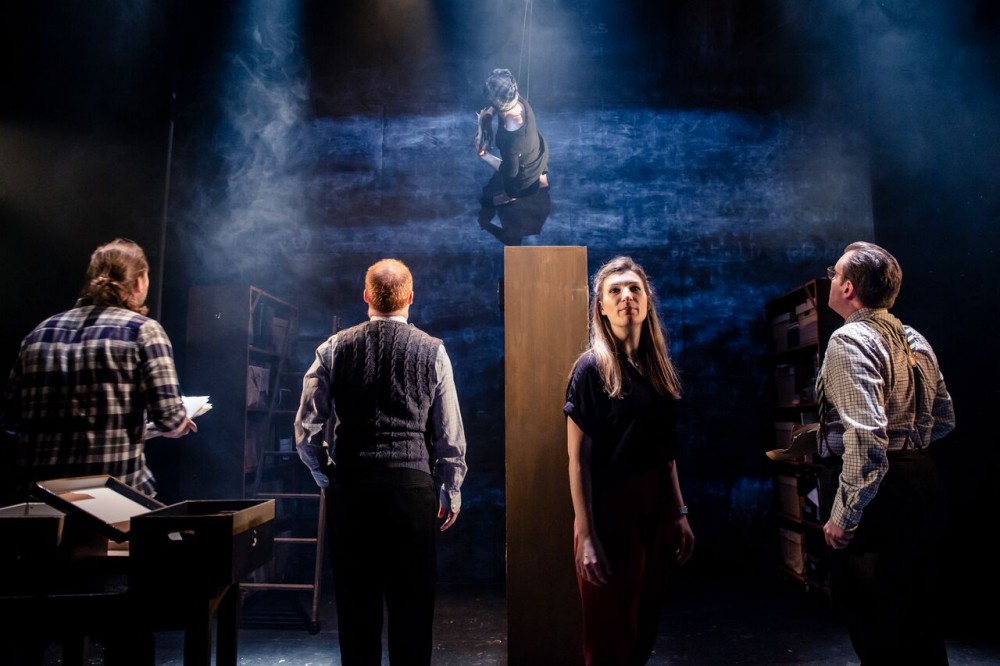By Marcina Zaccaria
Stepping into St. John the Divine is nothing short of magical. The Episcopal Cathedral, located on Amsterdam Avenue in Manhattan, is known for its uncommon Rose Window, outstanding flying buttresses, and breathtaking stained glass. Being in an awe-inspiring place prepares you differently for performance.
Mythology can feel as large as the surroundings that contain it. Years ago, I saw giant puppets parading down the aisle after witnessing the silent black and white film featuring Dr. Caligari. Loud, astonishing organ music played in the background. St. John the Divine honors artistic programming at this scale.
Last Tuesday’s performance was differently mythic. After walking in the long aisle on the right hand side of the Cathedral, I entered the smaller St. James Chapel where the presentation would take place. Joined by over 100 fellow scholars, dancers, and spirit seekers, I listened to the story of The Black Madonna.
The evening opened with comments from Dr. Joseph Scelsa, Founder of New York’s Italian American Museum. He introduced Alessandra Belloni, who is one extraordinary expert. With Alessandra were I Giullari di Piazza, Artists in residence at Cathedral of St. John the Divine. Drum music, ritual chanting and the sacred, almost troubling, incarnation of The Tarantella were presented by Steve Gorn (bansuri flutes, saxophone, clarinet), Joe Deninzon (violinist and arranger), Wilson Montuori (classical and acoustic guitar), Giuseppe De Falco (Neapolitan singer), Mara Gerety (violin, vocals), Kevin Nathaniel (Vocals, mbira checkere), and dancers Francesca Silvano and Peter de Geronimo.
But, why? Let’s get right to the point. Is God a Woman and Black? Belloni’s roots in Italy led to the study of this question. What was apparent, in front of me, is that Belloni is not only part Black, but also a remarkable drummer. Her study of The Black Madonna is wrapped in her trails up the mountains, journeying on paths, perhaps also traversed by the great poet Virgil. Later in the evening, explanations continued about the seven Madonnas, the last of which was The Black Madonna, noted in Neapolitan culture. Dance and testament followed. Stories of rite of Femminielli were accompanied by performance. Words were delivered from a scholar who spoke to Alessandra Belloni before sharing her own path of understanding. She believed that the Revolution is now. It reminded me that right now, people are appreciating Woman’s History Month, the First Day of Spring, and maybe even, the last moments before Sundown celebrating Purim in New York City.
For those of us who are Italian American, and who have long believed in the combined power of folk art and healing, it was an extraordinary evening. The event drew to close with the signing of Belloni’s new book, currently available on Amazon. My guess is that the scholars surrounding Columbia University will probably find that it’s an exceptional read.
“Healing Journeys with The Black Madonna” was presented on Tuesday, March 19 at Cathedral of St. John the Divine, St. James Chapel, located at 1047 Amsterdam Ave at 112th Street.

























